Unlocking the Mysteries of the James Webb Space Telescope: A Marvel of Modern Astronomy
Introduction to the James Webb Space Telescope
The James Webb Space Telescope (JWST) represents a leap forward in our quest to understand the vast universe. Scheduled for launch in 2021 and operational since December 25, 2021, the JWST promises to uncover secrets of the cosmos that have eluded astronomers for centuries. With its unprecedented infrared capabilities and large mirror, it’s set to complement and extend the discoveries of the Hubble Space Telescope.
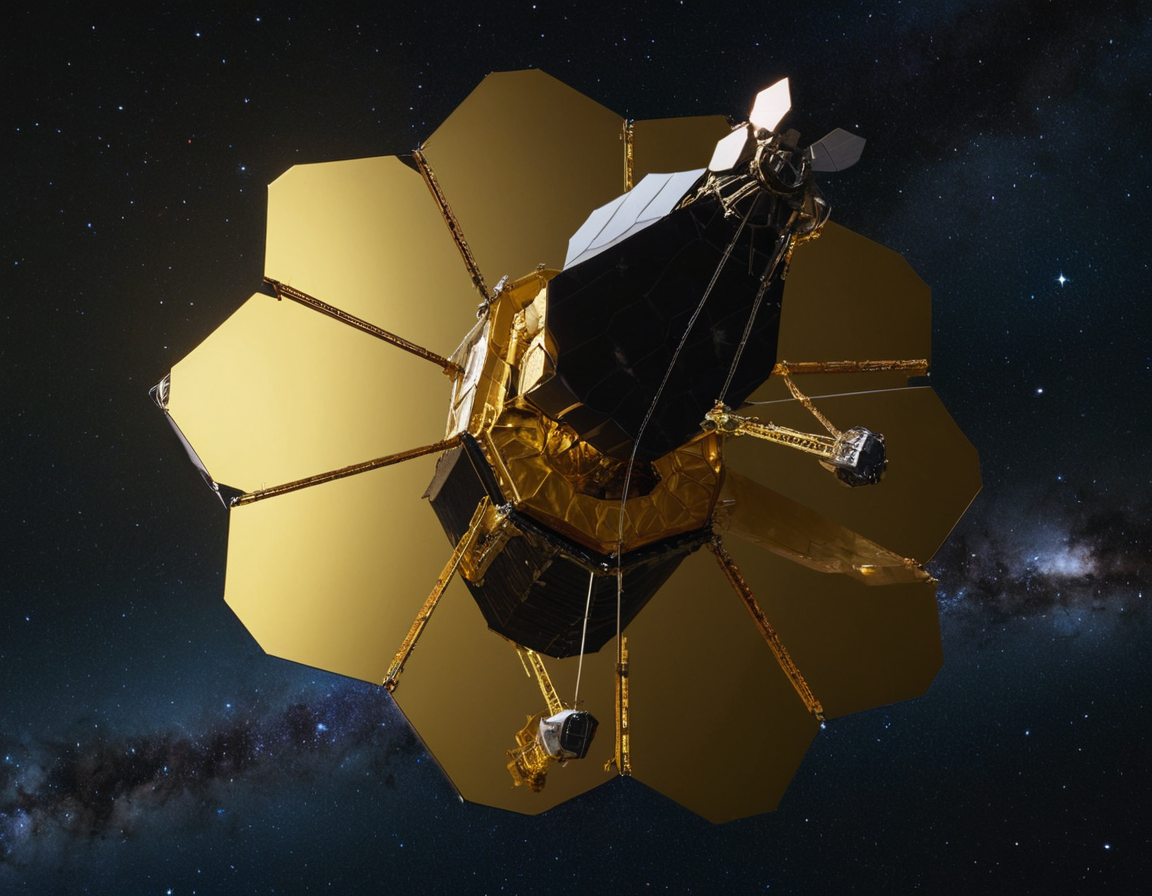
Technical Wonders of the JWST
Equipped with a 6.5-meter primary mirror, the JWST is the largest space telescope ever built. This colossal mirror is coated with a microscopically thin layer of gold, optimizing it for reflecting infrared light. An arrangement of 18 hexagonal segments allows it to fold origami-style to fit within a rocket and then unfold once in orbit. Alongside the mirror, JWST’s four main instruments will probe the universe’s secrets, from the formation of stars and planets to the behavior of distant galaxies.
Scientific Goals of the JWST
The JWST’s mission is broad and impactful. It aims to study every phase of cosmic history, from the Big Bang to the formation of solar systems capable of supporting life. This gaze back in time could answer enduring questions about the origins of the universe and our place within it.
The Five Key Areas of JWST Research
- First Light and Reionization: Unraveling the era when the first galaxies formed out of the darkness of the early universe.
- Assembly of Galaxies: Understanding the formation and evolution of galaxies and how they give rise to the structured universe we see today.
- The Birth of Stars and Protoplanetary Systems: Observing the birth of new stars and the formation of planets, providing insights into the potential for life elsewhere.
- Planetary Systems and the Origins of Life: Investigating the physical and chemical properties of planetary systems, including our own, and assessing their potential for life.
- The Universe’s Exotic Phenomena: Exploring the unknown, from black holes to the mysteries of dark matter and dark energy.
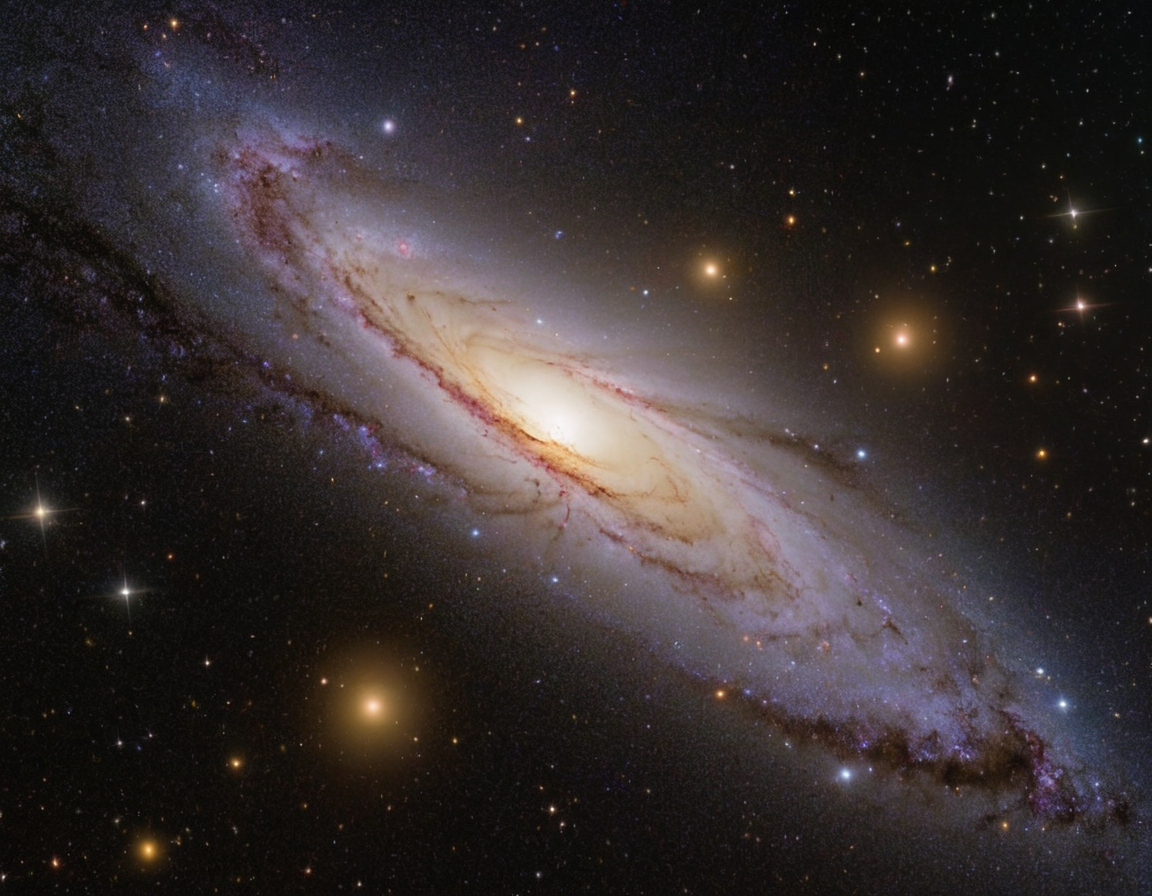
JWST’s Mission and Operations
On its mission, the JWST will orbit the Sun 1.5 million kilometers from Earth at the second Lagrange point (L2). This location provides a stable environment for delicate observations. The telescope’s sunshield, the size of a tennis court, will prevent interference from the Sun’s light and heat.
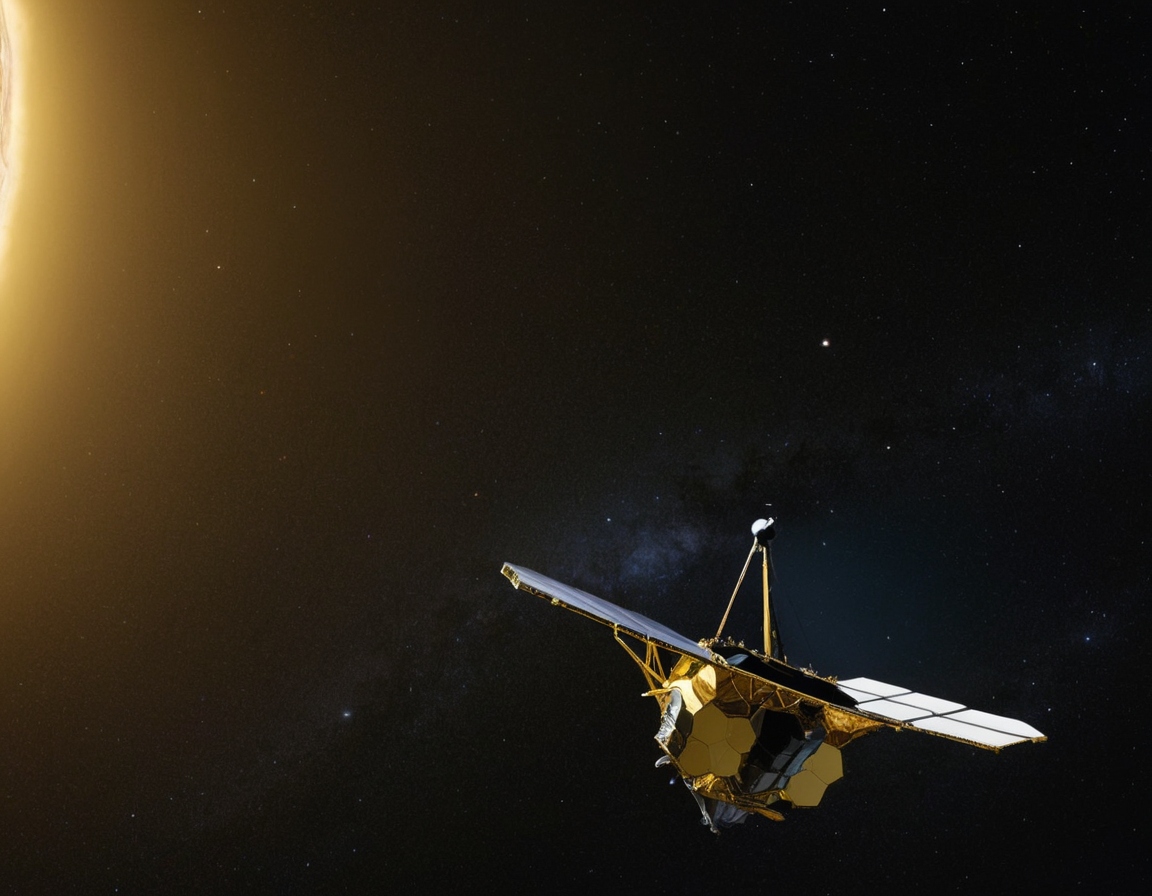
Challenges and Triumphs
The JWST’s journey to launch was riddled with challenges, including technical delays and budget overruns. However, the global effort to bring this project to fruition speaks to humanity’s undying curiosity and our desire to understand the universe. The JWST already has begun to capture stunning images, showcasing the potential for astronomical discoveries that await us in the near future.
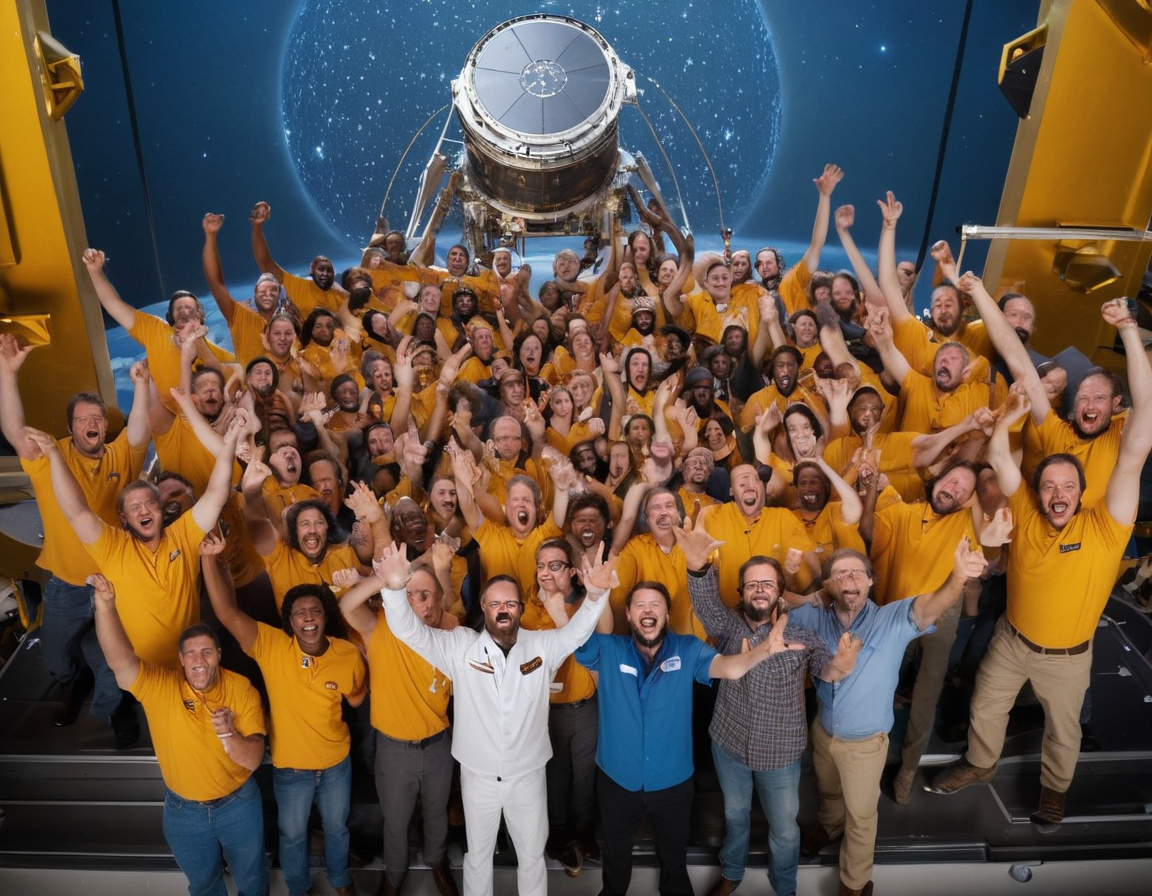
Conclusion: A New Era of Space Exploration
As the JWST begins its tenure in the stars, it’s poised to transform our understanding of the universe. With each image and dataset, we will peel back layers of cosmic history, bringing into focus a clearer picture of the cosmos. The JWST is not just a telescope; it’s a time machine and a testament to human ingenuity.
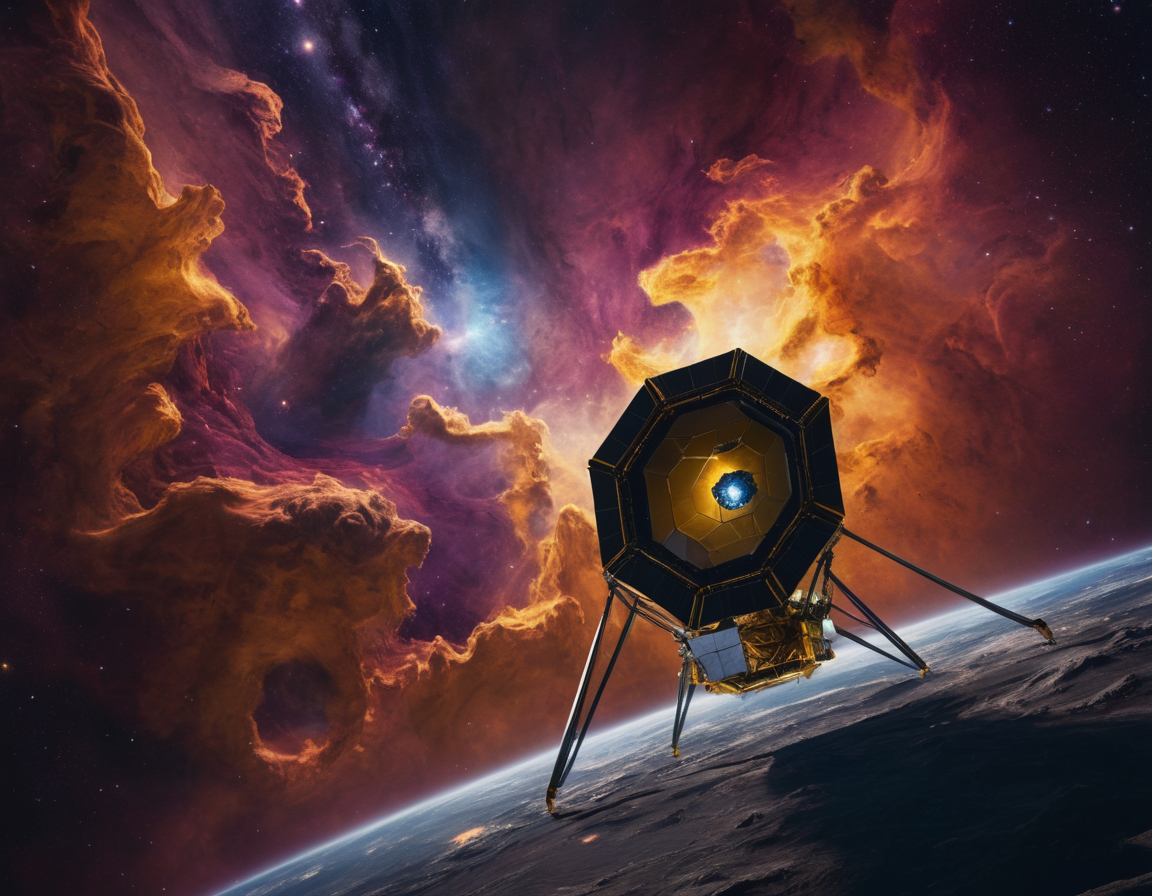
Stay tuned to this space for updates on the JWST’s journey and its breathtaking revelations about our universe!
Call to Action: Are you as excited as we are about the James Webb Space Telescope? Share this post to ignite curiosity and wonder in others, and let’s explore the cosmos together!






